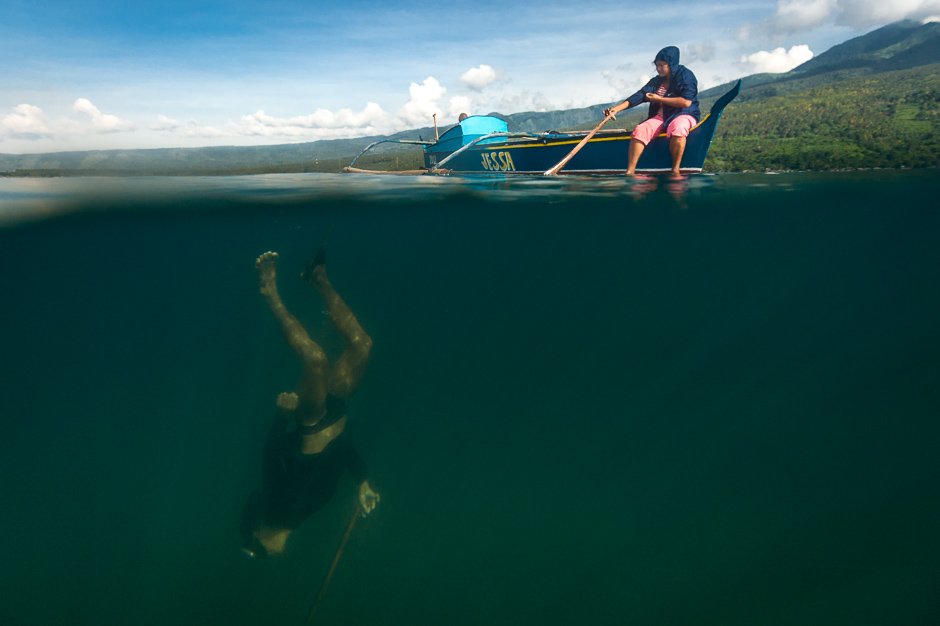I had the opportunity over the past couple of months to mentor and coach the participants of the Air Asia Travel Photographer 2016 competition. This was a great opportunity for me to connect with some younger photographers who are just starting with their journey into photography.
Since September of last year, I have been fortunate to be part of a program that many hotels are starting to adopt into their CSR efforts. Soap For Hope is an initiative based on the simple idea that used soap collected from hotels can be recycled into fresh soap bars and distributed to underprivileged local communities.
A couple of months ago I added a Phantom 3 quadcopter to my collection of tools as a photographer. It has been wonderful learning to fly this and being able to use it as another creative tool. I have been exploring both photos and video with the quadcopter, but I must say that learning video with it has been awesome. My family was recently in town and with visitors comes some travel. We stayed around Cebu during their vacation and I got in as much flying time as I could. I try to approach video in the same way I take photos, focusing on strong natural light to create mood and emotion.
Here are the first two installments from Project Katutubo in Tawi-Tawi. Thanks again to The EXTRA MILE Productions for producing these. There are still more in the works and some exciting plans for a longer version. In the first episode I shoot the geometrical patterns and colors of a Tepo, a mat made from pandan leaves, as well as the Sama-Bajau who diligently weaves it. The second episode was taking while visiting a seaside village in Sanga-Sanga. Here we chanced upon a young Bajau-Sama bride who was to be wed that evening.
I had the privilege of being a guest judge on the finale of History Channel’s Photo Face-Off Season 2. It aired in Asia at the end of October. My first big appearance on TV and it was a lot of fun. I helped judge the second of three challenges in the finale.
Last month I teamed up with The EXTRA MILE Productions who documented my trip to Tawi-Tawi, the southern most province in the Philippines. This is a place I had always wanted to visit, but because of certain security issues it took some planning to make a trip happen. More than three years on since we started this project on Kickstarter we are still going strong with plans to continue this important work.
I thought I would spend some time and put together my highlights from 2014 in photos. I’ve never done this before, but I haven’t done many blog posts this year and therefore thought I should get another one in before the year ends. At times this year was extremely busy and at other times I was able to do more of the behind the scenes work that always seems to pile up. I had some firsts this year, including my first solo exhibit, and I took on more commissioned work than in previous years.
It’s almost been one month now since The Forgotten Ten exhibit came to a close at Yuchengco’s Water Dragon Gallery in Manila. Now that I have been able to catch up with everything since the closing, I wanted to take some time to thank everyone for making this such a successful event. There are a number of people to thank, from our sponsors, to those who helped with preparations and of course everyone who made it out to the gallery to show their support. I also thought it would be nice to put together a summary of the exhibition, share some insights, get more feedback from people and talk a little about the future of the Katutubong Filipino Project.
A blog post is well past due and it always amazes me how fast time goes by. Since my trip to the Cordilleras last April/May I feel like things have been non-stop making time soar by even faster. The past few months have mostly been filled with planning and getting things in line for the upcoming year with some intermittent travel, assignment work and workshops. The most exciting event I have been planning for is my first solo exhibit this coming January in Manila. The exhibit is entitled “The Forgotten Ten” which refers to the some 10 to 20 percent of the Philippine population considered to be indigenous.
There are five common elements that great images typically have; Good use of light, color, a captivating moment, correct composition for the given situation, and the photographers choice of distance to their subject. Many times good images will use one or two of these elements, but lack strength in the others. I will be the first to admit that it is difficult to have all of these elements come together in one frame. Rarely do I take what would be considered a great photograph, but by aiming to capture all of these elements makes me strive to be better.
email: [email protected] |
© 2025 Jacob Maentz






